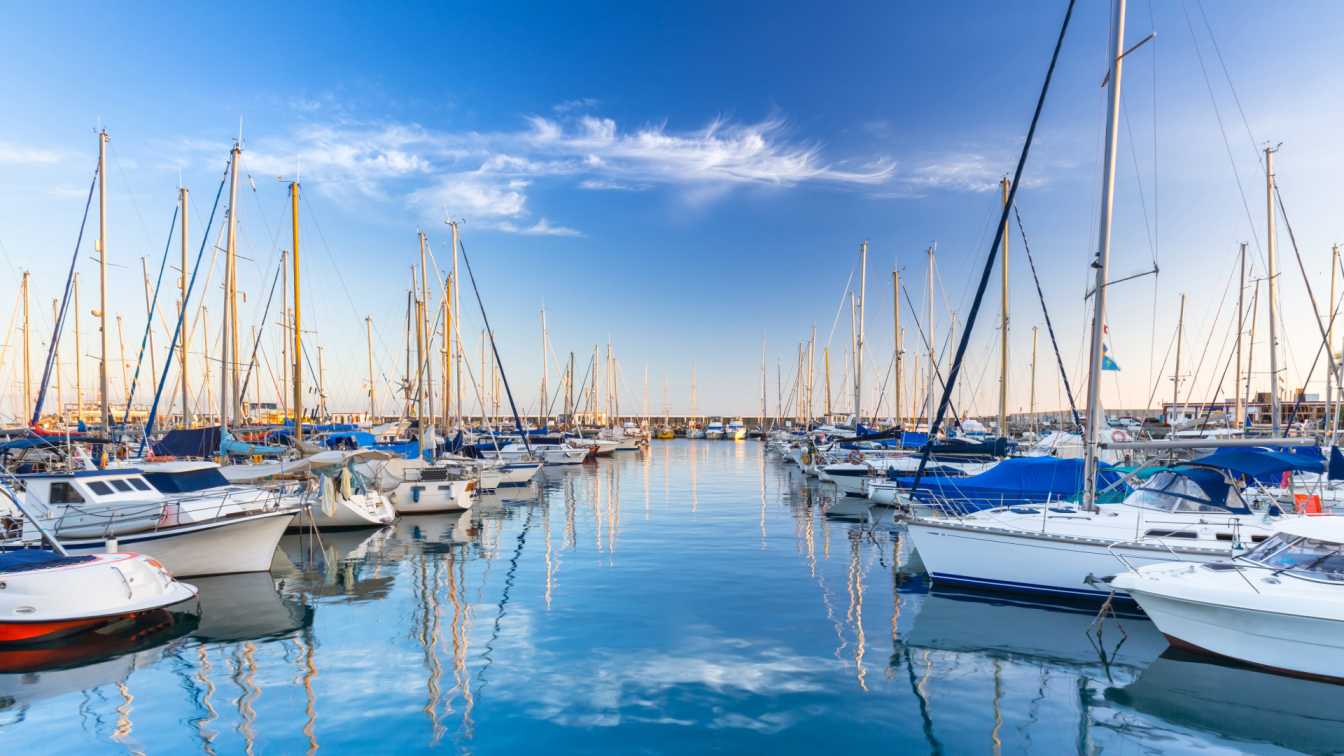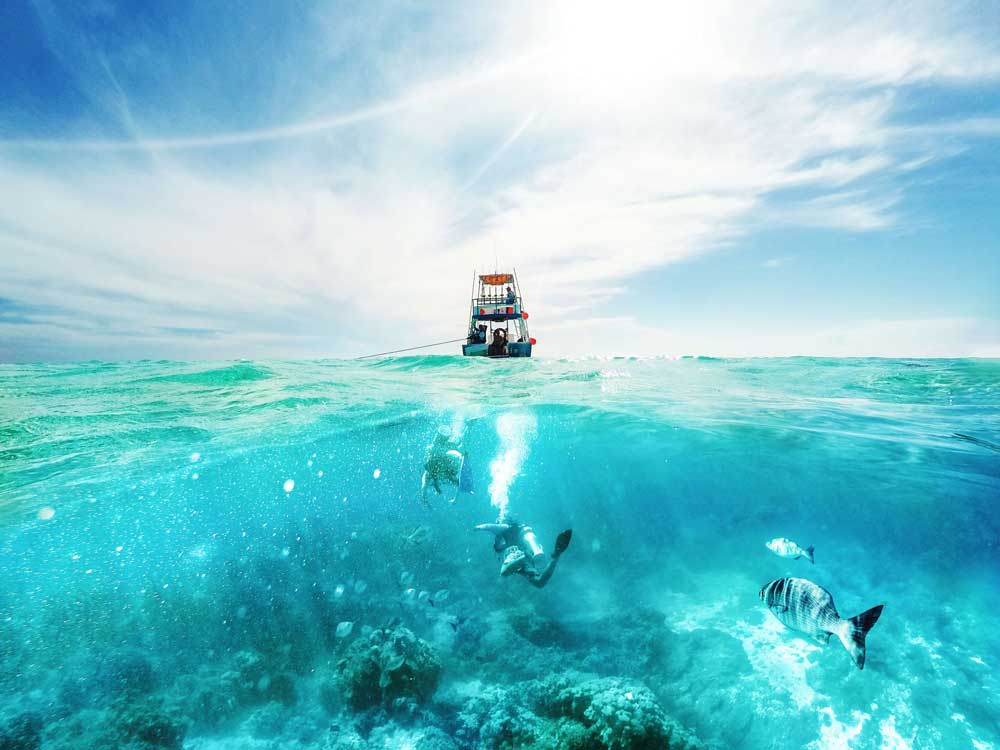Boat Insurance Q&A, And Insights From Neil

Q: What are the different types of boat insurance available?
A: In Australia, there are primarily two types of boat insurance: comprehensive cover and third-party liability only (TPO).
Comprehensive cover generally includes protection against physical loss or damage to the boat (covering the tender, masts, sails, machinery, and equipment), third-party legal liability (including costs for wreck removal and certain pollution issues), and optional extensions like personal accident cover.
Third-party liability only, on the other hand, focuses on damages or injuries caused to others by the insured boat, excluding direct damage to the insured's own boat.
Q: How is boat insurance different from car insurance?
A: Cars, smaller or bigger, slow or fast, are used to move people from one place to another. They have four wheels, an engine, and two, four, or more seats. They are saloon, sports, station wagon, or hatchback cars, made of metal.
Boats come in all different types and sizes and are used in different ways and for different purposes by different people: fishing, racing, cruising, diving, waterskiing. They don’t have wheels (though their trailer might), they may or may not have an engine (or two), or they might rely on sails or oars. Some boats have seats, while others do not. Boats can be dinghies, tinnies, speedboats, cruisers, yachts, or houseboats, made of wood, fiberglass, ferrocement, or steel.
Insuring boats is not the same as insuring cars—the risk exposures are far more diverse in terms of value, types, makes, models, and user demographics. Boats serve everyone from 12-year-old kids in sailing dinghies to seasoned fishers, athletes, and wealthy businesspeople. Pricing the risk for a car versus the premium for a pleasure craft differs substantially; fewer boats and less reliable statistics make predicting results more volatile. Insuring 50,000 cars where values range from $50k for a hatchback to $500k for a Ferrari isn’t like insuring 50,000 boats, where values could span from $100k to $100 million.
Cars can be dangerous, and most people are aware of the collision risks. Drivers and passengers risk their lives every time they get into a car. Being on a boat, however, can prove even more dangerous; collision isn’t necessarily the most hazardous risk. Storms, floods, groundings, machinery breakdowns, broken masts, fires, leaks, and sinking can be fatal for skippers, their crew, and passengers. When a boat’s outboard engine stops working, stepping onto dry land isn’t always an option, unlike with a car where exiting is as easy as pulling over.
With boats, the sheer range of possible risks and values makes it more difficult to use past statistics to predict profitability. As a result, boat insurers often charge more due to this uncertainty. For instance, leaving a car parked in a garage for three months without checking on it usually isn’t an issue, barring a dead battery. But leaving a boat on a mooring without checks for the same time can be disastrous; the batteries may go flat, bilge pumps may stop, and rain or seawater might cause severe damage. Cars undergo annual roadworthiness checks in many cases. However, unless a boat is used commercially, there’s no legal requirement for regular seaworthiness checks or for skippers to be licensed. Despite the treacherous conditions found on seas, rivers, lakes, and dams, regulations for boats and their operators are relatively lax.
In Australia, states provide insurance coverage for a car owner’s responsibility for bodily injury or death of third parties. No such compulsory liability insurance applies to boat owners; it’s legal not to take out liability insurance even if one owns a boat. Most drivers understand that their main liability risk is being at fault in a collision, but the biggest exposures for boat owners can include endangering their passenger lives. Additionally, few owners realise that their liability to remove a slowly sinking boat from its mooring can carry enormous costs.
Q: What factors affect the cost of boat insurance?
A: The cost of boat insurance depends on several factors related to both the boat and the insured. These factors include:
- The boat itself: Type (e.g., speedboat, cruiser, sailing dinghy, yacht, or PWC), construction materials (fiberglass, carbon fiber, timber, or aluminum), condition (age and maintenance record), size, value, and maximum design speed.
- Location and use: Where and how the boat is moored or stored, the area it’s used in, and its purpose (e.g., water skiing, racing, diving, fishing, or commercial activities).
- The insured/skipper: The boat owner’s experience with similar vessels, their age, and past claims history.
- The cover required: Specific policy options, such as excess applicable to the cover or the legal liability limit, also influence premiums.
Q: What should boat owners look for when choosing a policy?
A: When selecting a boat insurance policy, owners should consider:
- Whether it is a ‘market value’ policy (amount payable after a total loss is calculated post-claim) or an ‘agreed value’ policy (pre-agreed sum is payable in the event of a total loss).
- If survey reports or similar assessments are required before obtaining cover.
- Whether the amounts payable for partial loss or damage are defined in the policy upfront.
- Whether the insurer is locally based and if claims will be handled locally or overseas.
Q: What are some common mistakes people make when insuring their boat?
A: Common pitfalls in boat insurance include:
- Failing to read the questionnaire, Product Disclosure Statement (PDS), and policy documents, leading to a lack of understanding about coverage, exclusions, and disclosure obligations.
- Overlooking requirements to maintain the boat in good condition, safely moored, and seaworthy.
Q: Can boat insurance cover personal items like fishing gear or electronics?
A: Yes, covering personal items such as fishing gear and electronics is a fairly standard extension provided by most insurers.
Q: How can boat owners reduce their insurance premiums?
A: Boat owners can reduce premiums by:
- Providing evidence of the boat’s current condition.
- Opting for a higher excess.
- Demonstrating experience with similar vessels.
- Maintaining a clean claims record.
Q: What should someone do if they need to make a claim?
A: In the event of a claim, boat owners should:
- First, act to safeguard the boat to prevent further loss or damage.
- Promptly report the incident to the insurer. If immediate action is needed, inform the insurer so they can appoint a surveyor or salvor.
- Complete the claim form.
- If a third party is responsible for damage, notify them in writing, holding them accountable.
- If a passenger or third party holds the insured responsible for loss, damage, or injury, avoid acknowledging liability; let the insurer handle the response.
Q: What trends are you seeing in the marine insurance industry?
A: Emerging trends in marine insurance include:
- Growing concerns about the fire risks posed by lithium batteries.
- Increased emphasis on ensuring that boats are seaworthy.
- Improvements in handling policyholder complaints more effectively.
